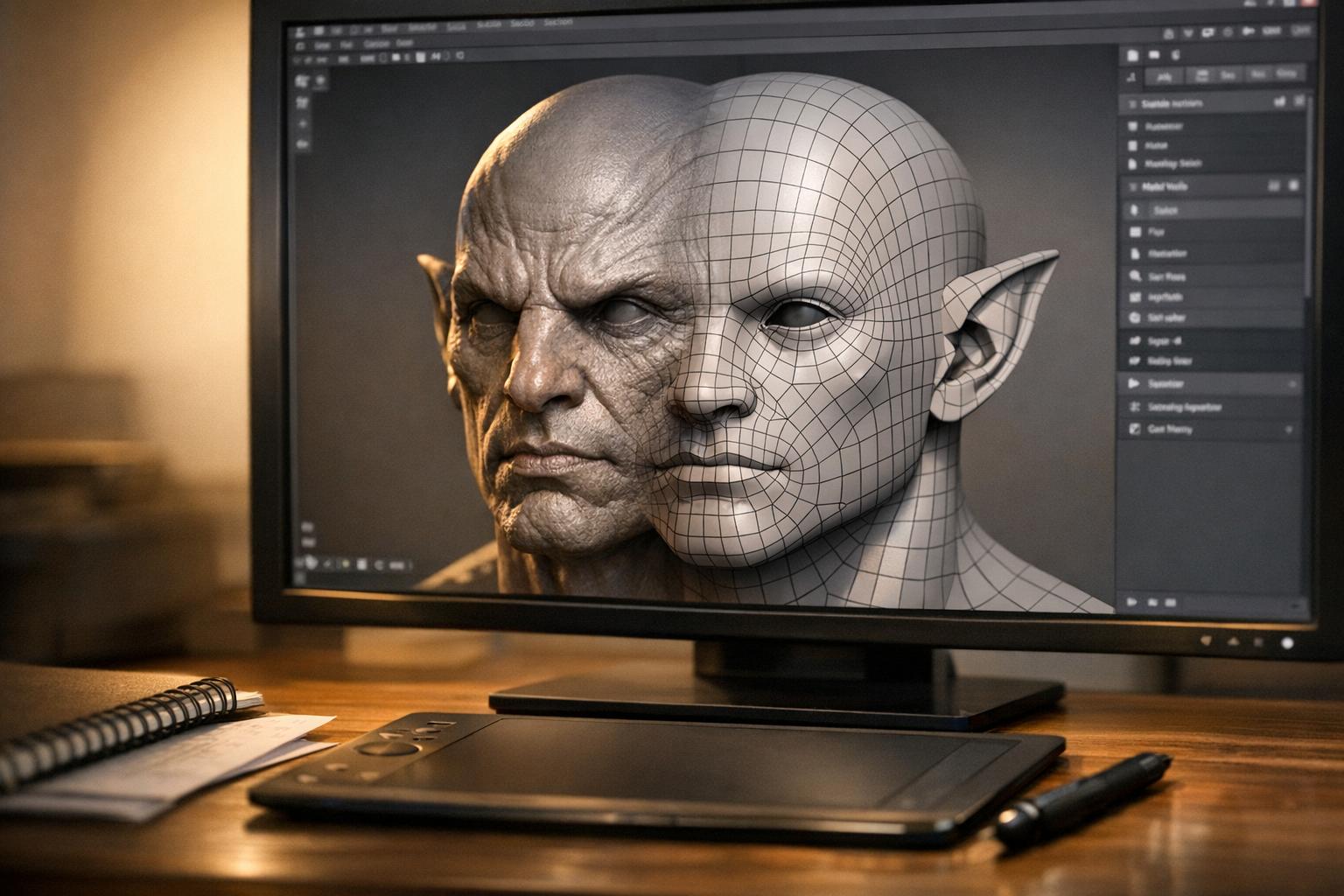Jumping into a new creative tool can feel like standing at the base of a mountain—exciting, but a little daunting. You see the potential, but where do you even begin? At Sloyd.ai, we believe the best way to learn is by doing, which is why our massive library of 3D templates (we call them generators) is the perfect place to start your journey. These aren't just static models; they are fully customizable starting points designed to get you creating in minutes, not hours.
Why Start with Templates?
While Sloyd also offers cutting-edge AI tools like Text-to-3D and Image-to-3D for generating organic models, our parametric templates are your secret weapon for precision and control. They are ideal for creating game-ready props, architectural elements, and any object where you need clean, optimized geometry. With simple sliders and toggles, you have full control over the final model, making them perfect for learning the ropes.
Ready to dive in? Here are 10 must-try generators that are perfect for new creators.
Your First Steps in Sloyd: 10 Easy Generators
We've picked a variety of simple yet powerful generators to help you get a feel for what's possible.
- Treasure Chest: A classic for any adventure game. This generator is fantastic for learning about parts. You can adjust the wood, the metal fittings, and even open and close the lid.
- Sword: Every hero needs one! Experiment with the sliders to change blade length, hilt design, and crossguard shape. It’s a great way to see how a few small tweaks can create dozens of unique variations.
- Potion Bottle: Perfect for practicing with materials. Once you’ve shaped your bottle, try using the AI texturing prompt to add "swirling magic liquid" or "bubbly green poison" and see what happens.
- Crate: The unsung hero of game environments. This simple generator lets you quickly create different styles of wooden or metal crates. Try hitting the "Randomize" button a few times to see the variety you can get with a single click.
- Book: A surprisingly versatile generator. You can create a single open book, a closed one, or a whole stack. Adjust the thickness, cover style, and wear-and-tear.
- Cup: From a simple mug to a fancy goblet, this generator is a great exercise in form. Once you've created a shape you like, try applying one of the built-in Quick Palettes to instantly change its color scheme.
- Key: An excellent way to explore intricate details on a small scale. Adjust the head and bit of the key to create everything from a modern house key to an ornate fantasy skeleton key.
- Wall-Mounted Torch: Learn how different components work together. You can customize the handle, the bracket, and the flame holder separately to create the perfect light source for your dungeon or castle.
- Fence: This generator is a brilliant introduction to procedural generation. Instead of just making one fence post, you can define its length, height, and style, and Sloyd builds the entire section for you.
- Bookshelf: Now let's combine things! The bookshelf generator shows how complex objects are built from simple rules. Adjust the dimensions, the number of shelves, and the thickness of the wood to create furniture that perfectly fits your scene.
Pro-Tip: Found a look you love? Click the share icon in the top right to generate a link to your model. You can send it to a friend or teammate to get feedback, and they can even edit it themselves!
From Creation to Export
Once you've customized your masterpiece, getting it into your project is a breeze. Sloyd's parametric models are designed to be incredibly efficient and game-ready.
- Optimized for Performance: You have full control over the level of detail (LOD) with a simple slider, ensuring your models run smoothly in engines like Unity or Unreal Engine.
- Flexible Export Options: You can download your models in the most common 3D formats, including:
- .GLB: The best choice for web applications and most modern game engines.
- .OBJ: A widely supported format that works with almost any 3D software, like Blender.
- .STL: The standard format for 3D printing.
These templates are just the beginning. They are here to help you build confidence and understand the core mechanics of Sloyd. So jump in, start experimenting, and see what you can create today.





